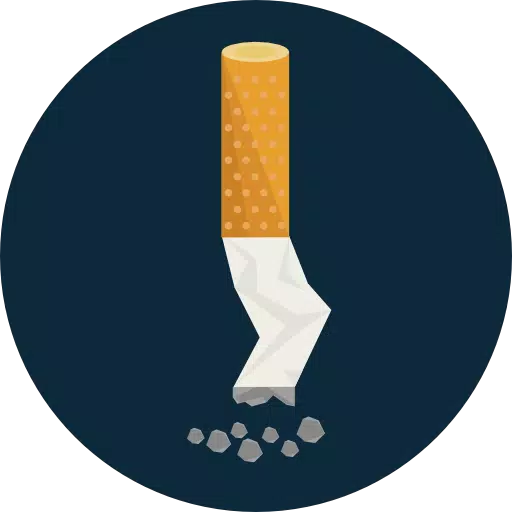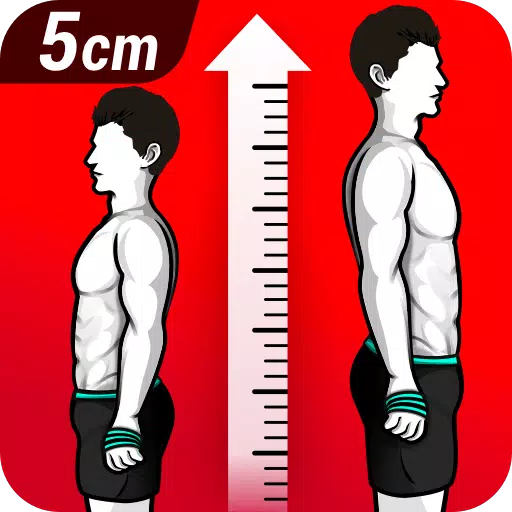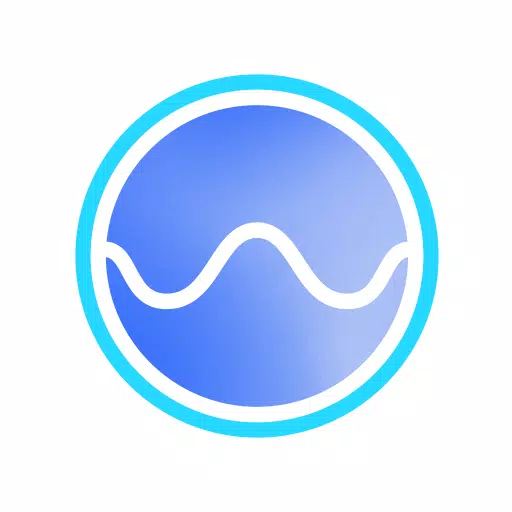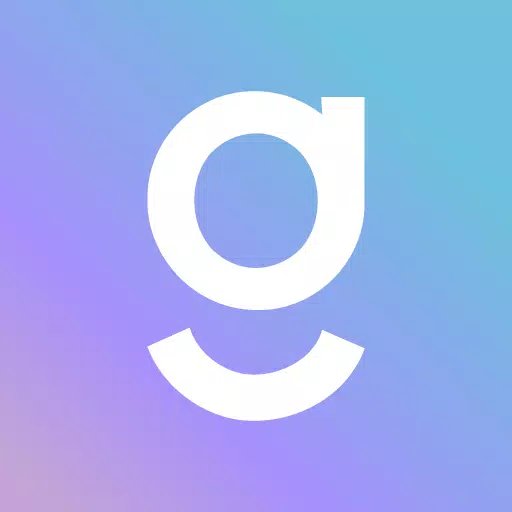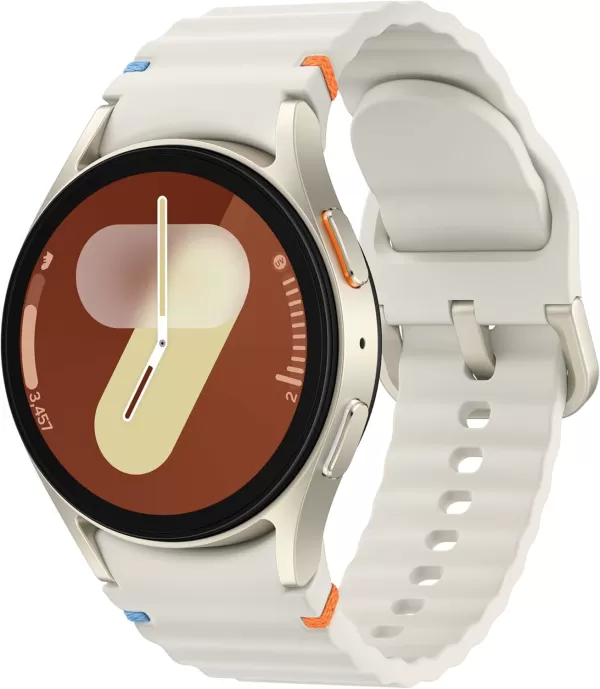Are you struggling to fall asleep at night? Do your kids seem overly energetic after using tablets before bedtime? If you're using your smartphone or tablet in the evening, or if you're sensitive to light during migraines, Twilight might be the solution you need!
Recent studies have shown that exposure to blue light before sleep can disrupt your natural circadian rhythm, making it difficult to drift off. This disruption is caused by a photoreceptor in your eyes called Melanopsin, which is sensitive to blue light in the 460-480nm range. This sensitivity can suppress the production of Melatonin, a crucial hormone for maintaining healthy sleep-wake cycles. Research indicates that reading on a tablet or smartphone for a few hours before bed can delay sleep by about an hour.
The Twilight app adjusts your device's screen to the time of day by filtering out blue light after sunset. It uses a soothing red filter to protect your eyes, with the intensity smoothly transitioning based on your local sunrise and sunset times. You can also use Twilight on your Wear OS device for a consistent experience across all your gadgets.
For more information, check out the documentation at http://twilight.urbandroid.org/doc/.
Enhance Your Twilight Experience
1) Bed Reading: Twilight offers a more comfortable reading experience at night. It can dim the screen beyond the capabilities of standard backlight controls, making it easier on your eyes.
2) AMOLED Screens: We've tested Twilight on AMOLED screens for five years without any signs of depletion or over-burning. When properly configured, Twilight reduces light emission and ensures a more even light distribution, which could potentially extend the life of your AMOLED screen.
Understanding Circadian Rhythms and Melatonin
To learn more about circadian rhythms and the role of melatonin, visit these resources:
- http://en.wikipedia.org/wiki/Melatonin
- http://en.wikipedia.org/wiki/Melanopsin
- http://en.wikipedia.org/wiki/Circadian_rhythms
- http://en.wikipedia.org/wiki/Circadian_rhythm_disorder
Permissions
Twilight requires the following permissions:
- Location - to determine your local sunset and sunrise times.
- Running apps - to disable Twilight in specific apps.
- Write settings - to adjust the backlight.
- Network - to connect with smart lights (like Philips HUE) to reduce blue light in your home environment.
Accessibility Service
To filter notifications and the lock screen, Twilight may request the use of its Accessibility Service. This service is used solely to enhance screen filtering and does not collect any personal data. For more details, visit https://twilight.urbandroid.org/is-twilights-accessibility-service-a-thread-to-my-privacy/.
Wear OS Integration
Twilight syncs with your Wear OS device, allowing you to control the filter settings directly from a "Wear OS Tile".
Automation
For automation options with Tasker or other tools, visit https://sites.google.com/site/twilight4android/automation.
Related Scientific Research
Explore the following studies to understand the impact of light on sleep and circadian rhythms:
- Amplitude Reduction and Phase Shifts of Melatonin, Cortisol and Other Circadian Rhythms after a Gradual Advance of Sleep and Light Exposure in Humans - Derk-Jan Dijk, & Co, 2012
- Exposure to Room Light before Bedtime Suppresses Melatonin Onset and Shortens Melatonin Duration in Humans - Joshua J. Gooley, Kyle Chamberlain, Kurt A. Smith & Co, 2011
- Effect of Light on Human Circadian Physiology - Jeanne F. Duffy, Charles A. Czeisler, 2009
- Efficacy of a single sequence of intermittent bright light pulses for delaying circadian phase in humans - Claude Gronfier, Kenneth P. Wright, & Co, 2009
- Intrinsic period and light intensity determine the phase relationship between melatonin and sleep in humans - Kenneth P. Wright, Claude Gronfier & Co, 2009
- The Impact of Sleep Timing and Bright Light Exposure on Attentional Impairment during Night Work - Nayantara Santhi & Co, 2008
- Short-Wavelength Light Sensitivity of Circadian, Pupillary, and Visual Awareness in Humans Lacking an Outer Retina - Farhan H. Zaidi & Co, 2007
Tags : Health & fitness



